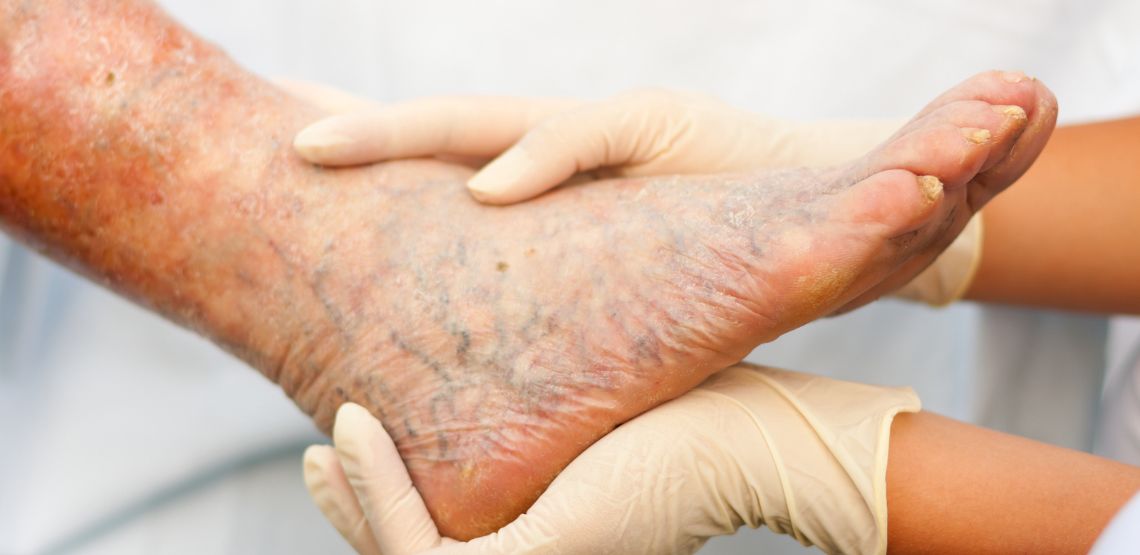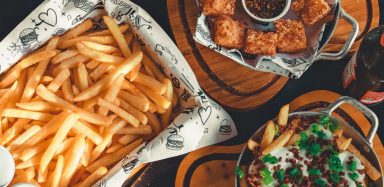Varicose veins are a common occurrence but are typically not an issue. Eating the right foods can help reduce the appearance of varicose veins and prevent worsening symptoms. These twisted, enlarged veins are near the skin and easily visible. For the most part, varicose veins are more of a cosmetic concern rather than a health problem. However, sometimes varicose veins result in more serious problems.
What are Varicose Veins?
Varicose veins are another name for “spider veins.” Any vein has the potential to become varicose if it’s near the surface of the skin. When the valves in the veins become weak or damaged, varicose veins can develop.
The symptoms of varicose veins are:
- Dark blue or purple veins.
- Cord-like twisted or bulging veins on the legs.
- Leg aches.
- Heaviness in the legs.
- Burning or throbbing of the legs.
- Leg pain or itching that gets worse with sitting or standing.
- Skin color changes near the vein.
Arteries deliver blood away from the heart throughout the body. Veins, on the other hand, carry blood back to the heart. Because veins must work against gravity, the veins in the leg require extra strength to do their job. Typically, the muscle contractions and vein walls work to push blood back to the heart. Damaged valves and walls in the veins keep blood from flowing back to the heart effectively, causing the veins to stretch or become twisted.
What are the Risk Factors for Varicose Veins?
While women are more likely to come down with varicose veins, a variety of risk factors can influence whether a person develops varicose veins.
Pregnancy increases the body’s blood volume, which may enlarge leg veins.
Varicose veins may run in families; there may be a hereditary factor.
Age may deteriorate the valves within the veins, causing veins to bulge with blood.
Being overweight places excess pressure on veins, making it difficult for blood to flow back to the heart.
Standing or sitting for prolonged periods reduces muscle contraction, thus limiting blood flow.
How Does Food Affect Varicose Veins?
Because varicose veins are tied directly to circulation and muscles, what a person consumes can impact varicose veins and blood flow. Foods that improve circulation and prevent injury to venous valves have a beneficial effect on varicose veins. Other foods, however, can increase blood pressure and adversely impact veins. The following are some of the best and worst foods for varicose veins.
Worst Foods: Salty Foods
Salt causes the body to retain water, which increases blood volume. When blood volume rises, so does blood pressure. The increase in pressure can injure the venous system, damage valves, and weaken vein walls. Furthermore, salty foods cause the lower extremities to swell, adding to the potential for pooling in veins.
Worst Foods: Fried Foods
While fried foods are delicious, they’re also – in general – unhealthy to eat. In the case of varicose veins, fried foods are no different. The high-fat content in fried foods causes constipation. In turn, constipation causes straining when using the restroom. That straining causes pressure on the veins, especially in the lower rectum, leading to varicose veins.
Worst Foods: Sugary Snacks
A diet high in heavily processed and high-sugar foods can lead to varicose veins. Processed foods like cakes, cookies, and pastries contribute to poor vein health. Sugary foods cause weight gain and obesity, which is a risk factor for varicose veins. Sugar also causes inflammation and water retention, which can cause veins to stretch and weaken.
Best Foods: High-Fiber Foods
A diet high in fiber helps encourage healthy and regular bowel movements. Without enough fiber, waste accumulates in the intestine, and constipation occurs. Fiber facilitates the passing of stools without straining. High-fiber foods also stabilize blood sugar, helping to counter the effects of a sugary diet. Foods like whole wheat, bran, and leafy vegetables are high in fiber and good for veins.
Best Foods: Water
It’s common knowledge that staying hydrated is an essential part of maintaining good health. Varicose veins also benefit from hydration. Water flushes out waste and reduces constipation. Drinking enough water also improves muscle function and enhances blood flow, reducing the chances for varicose veins to develop.
Best Foods: Rutin
Many people might not be familiar with rutin, but they’ve most likely consumed rutin often. Rutin is a bioflavonoid (plant pigment) found in foods like apples, black tea, figs, and citrus fruits. Other high-rutin foods:
- Apricots.
- Cherries.
- Grapes.
- Buckwheat.
- Asparagus.
- Black Olives.
- Onions.
Rutin also contains an antioxidant called quercetin, which reduces inflammation and boosts vein health. Studies indicate that rutin benefits cardiovascular health and can help prevent varicose veins.
When to See a Doctor
Complications due to varicose veins are rare, but they do happen. All the following complications require medical attention.
- Ulcers may develop.
- A blood clot is another complication that can occur, indicated by swelling and leg pain.
- If a varicose vein is very close to the skin surface, bleeding may occur if the vein bursts.
Any signs of complications should be referred to a healthcare provider for a thorough assessment.
Some people who develop varicose veins may get varicose eczema. If that's the case, there are treatment options for you to look into.

